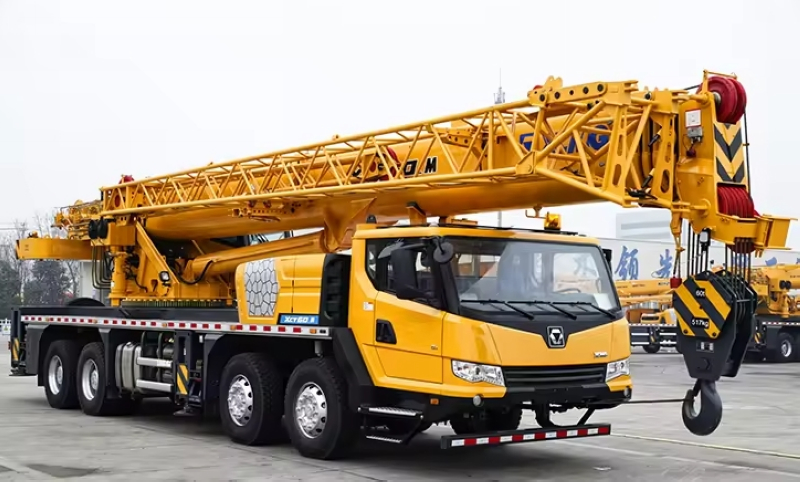As a high-tonnage, high-performance
engineering equipment, XCMG XCA1600 all-terrain crane's routine maintenance and
regular maintenance are of great significance to ensure the stability of the
equipment's operation and prolong its service life. The following content is a
systematic maintenance guide, covering the whole process of use.
Daily Maintenance Points
Daily maintenance work should be centered
on cleaning, protection and basic function check. Operators need to clean the
whole machine regularly, especially the electrical components and hydraulic
system parts, to prevent dust and impurities from accumulating and causing wear
and tear or malfunction of the equipment. At the same time, the lubrication
system should be ensured to operate normally, the oil circuit is smooth, the
oil quantity is sufficient, according to the manufacturer's recommendations for
regular replenishment or replacement of grease, in order to ensure that the
transmission parts lubrication is sufficient. In addition, it is necessary to
check the operation of the brake, the fastening of the connection parts, and
the wear and tear of the wire rope, pulley and other high-frequency parts. As
for the hydraulic system, it should focus on checking whether there is any
leakage of oil pipe joints, whether the hydraulic oil level is sufficient, and
whether the system pressure and temperature are in the normal range. The
inspection of the electrical system should cover controllers, contactors,
instruments, lighting and communication equipment to ensure that there are no
short-circuits, disconnections or hidden faults in the overall circuit.
Regular Maintenance Measures
In monthly maintenance, on top of
completing daily items, the focus should be on checking the wear and tear of
gears, bearings and other transmission components, and evaluating and replacing
the gearbox oil level and oil quality. Quarterly maintenance needs to be more
comprehensive, covering whether there are cracks or deformations in the crane
structural parts, and conducting functional tests on all safety devices to
ensure that they work sensitively and respond in time. Annual maintenance is a
key node in the maintenance system, requiring a comprehensive assessment of the
performance of the entire machine, including lifting capacity, operational
stability and other core indicators, if necessary, key components can be
overhauled or functional modification, in order to maintain the overall
operating status and safety standards.
Seasonal Specialized Maintenance
In order to cope with the environmental
changes brought by different seasons, it is necessary to carry out special
maintenance before the seasonal change. Before summer, the cooling system
should be fully checked to ensure that the equipment has good heat dissipation
ability under high temperature conditions; at the same time, the insulation
performance of the electrical system should be checked to prevent high
temperature-induced insulation aging or breakdown. Before winter, the hydraulic
system and fuel system should be strengthened to ensure that the preheating and
thermal insulation measures under low-temperature conditions of the equipment
can be normal start and stable operation, and pay special attention to the
performance of the braking system, to prevent ice or slippery brakes caused by
the failure.
Long-term Sequestration Maintenance
When the equipment needs to be out of service
or sequestered for a long period of time, systematic maintenance procedures
must be carried out. First of all, thoroughly clean the whole vehicle to remove
dust, oil and rust; then refill grease to all lubrication points to keep the
metal parts lubricated; release the brake system to prevent the brake pads and
brake discs from sticking; finally park the crane in a dry, well-ventilated
environment, and take dust and moisture-proof measures to reduce the damage of
the natural environment on the performance of the equipment.
Precautions for maintenance operation
Before performing any maintenance operation, make sure that the crane is in a stable parking state to avoid safety accidents such as tipping over due to improper operation. During the maintenance process, the operator must strictly follow the safety regulations and operation specifications to prevent electric shock, leakage, fire and other accidents. When replacing parts, be sure to use original parts or reliable quality substitutes to ensure that the performance of the whole machine is not affected, and to protect the safety and stability of long-term use.
